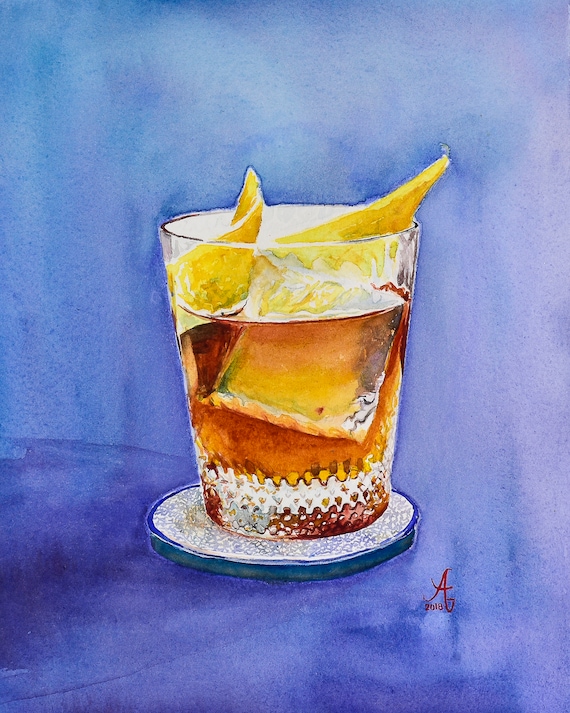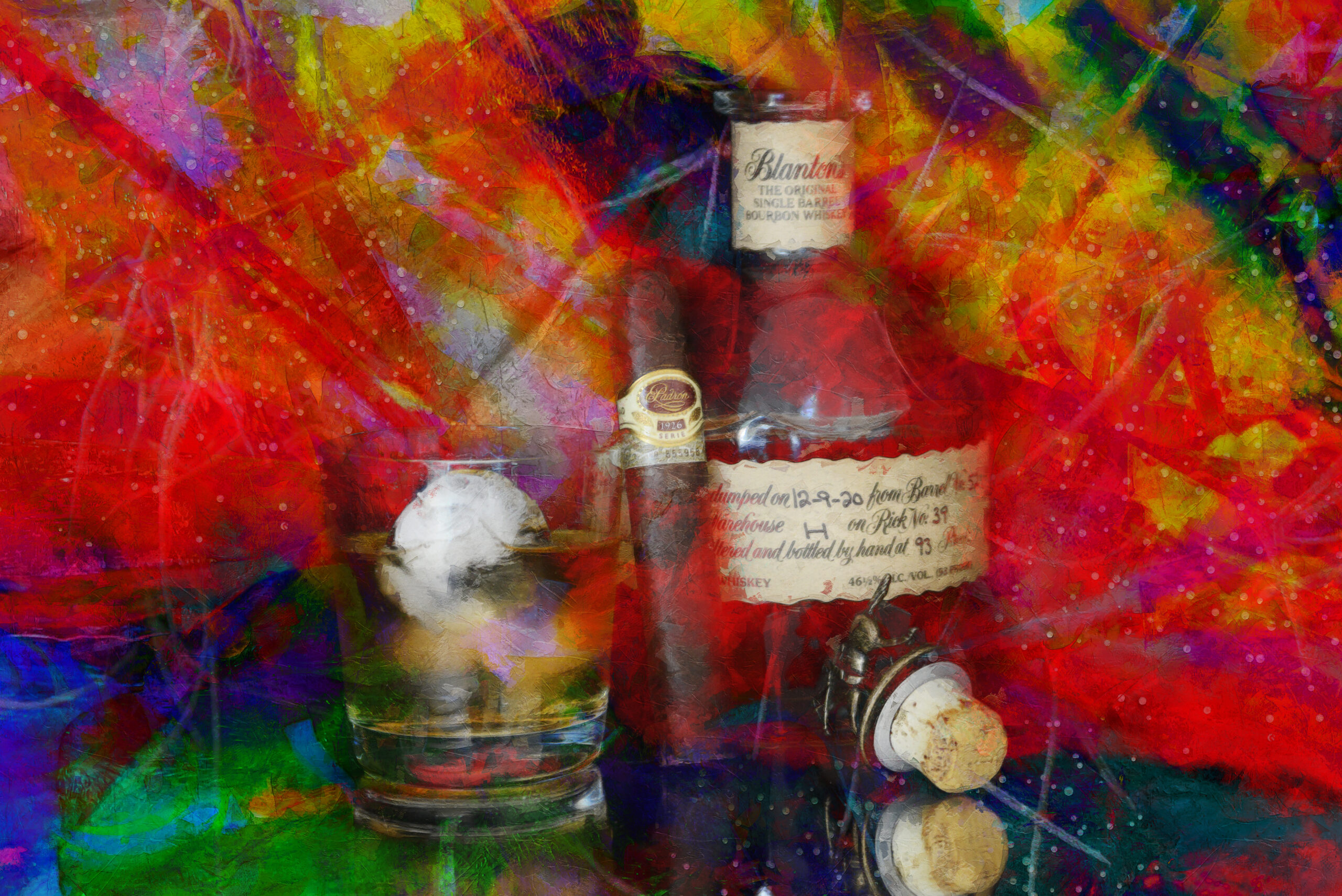Bourbon Art in Contemporary Culture: Where Practice Satisfies Advancement
Bourbon Art in Contemporary Culture: Where Practice Satisfies Advancement
Blog Article
The Significance of Whiskey Art in Celebrating Heritage and Workmanship in the Beverage Sector
The detailed connection between bourbon art and the event of heritage and craftsmanship within the drink industry can not be overemphasized. With attentively created labels and containers, scotch brand names encapsulate their historical roots and the artisanal abilities that define their manufacturing techniques.
The Historical Origins of Whiskey
At the heart of bourbon's allure exists a rich tapestry of historic roots that trace back to old worlds. The beginnings of scotch can be connected to the distillation methods of the Sumerians and Babylonians around 2000 BCE, where early types of fermented grain drinks began to arise. However, it remained in the Middle Ages that the art of purification evolved substantially, particularly in Ireland and Scotland, bring about the creation of scotch as we understand it today.
The term "scotch" itself originates from the Gaelic word "uisce beatha," implying "water of life." This expression underscores the cultural importance of whiskey in Celtic societies, where it was often associated with routines, parties, and public bonding. By the 15th century, purification came to be an acknowledged craft within reclusive communities, leading the way for the establishment of legal distilleries.
As profession courses expanded, whiskey's appeal grew, transcending local boundaries and recording the rate of interest of lovers worldwide. Bourbon Art. This historic trip mirrors not just the workmanship behind whiskey manufacturing however likewise its indispensable role in social and social contexts, marking it as a considerable beverage throughout background
Artistic Expression in Branding
Scotch branding stands as a compelling intersection of artistry and commerce, where aesthetic identity plays an essential duty in shaping customer understanding. The looks of whiskey tags, packaging, and marketing products mirror not only the brand name's story yet also its core values and heritage. Via creative expression, distilleries convey a story that resonates with consumers, evoking feelings and sparking links.
Using shade, typography, and images in branding offers to distinguish items in a saturated market. For instance, traditional concepts may evoke a sense of credibility and craftsmanship, while modern designs can signify advancement and forward-thinking. This critical imaginative instructions improves brand recognition and commitment, permitting consumers to forge an individual partnership with the whiskey they pick.
Moreover, creative expression in branding frequently works as an event of regional heritage. Distilleries often integrate neighborhood signs or historical referrals right into their styles, producing a feeling of area that invites consumers to take part in a wider cultural experience. Inevitably, the virtuosity behind bourbon branding not just enhances visual charm yet likewise improves the total narrative of the brand, fostering a deeper recognition for the workmanship and heritage embedded in each container.
Craftsmanship in Container Design
The virtuosity obvious in scotch branding prolongs past visual identification to encompass the craftsmanship involved in container style. Each container offers as a vessel not simply for the spirit within, but likewise for the story it outlines its quality, beginning, and custom. The design procedure requires thorough interest to information, as components such as shape, product, and closure add substantially to the total assumption of the scotch.
Workmanship in container style includes picking top notch glass that can enhance the bourbon's color and clarity, while additionally providing a tactile experience for the customer. The shape of the container have to be both useful and visually attractive, typically mirroring the heritage of the brand name. Several distilleries choose special shapes or printed logos that stimulate a feeling of credibility and history.
Moreover, the label layout and typography play an essential function in interacting the brand's narrative. Realism Art. A well-crafted container not only captivates the customer's eye but likewise enhances the brand's dedication to high quality and custom. In this way, the craftsmanship of container design comes to be an important facet of the bourbon experience, combining artistry with a profound regard for heritage
Social Significance of Scotch Art
Celebrating custom and craftsmanship, the social importance of whiskey art goes beyond mere you can try this out appearances, linking with the social and historical stories of the regions from which it stems. Each bottle works as a canvas, showing the distinct tales, mythology, and traditions that have formed local whiskey-making practices. The complex designs typically mirror the heritage of the distillers, incorporating symbols and themes that reverberate with the culture and values of their neighborhoods.

Additionally, bourbon art plays a crucial role in common celebrations and events, acting as a tangible web link in between people and their useful link shared experiences. By valuing the virtuosity in scotch product packaging, consumers cultivate a much deeper understanding and respect for the craft, eventually improving their enjoyment of the drink itself.
Modern Trends in Bourbon Presentation
Over the last few years, the discussion of whiskey has actually evolved to show contemporary tastes and trends while still honoring standard workmanship - Limited Edition. Distilleries are significantly focusing on visual components that enhance the total drinking experience, linking the void in between heritage and modernity
Innovative bottle styles have actually arised, usually including lasting products and artistic labels that inform engaging stories. Several brand names now collaborate with neighborhood artists, instilling their products with one-of-a-kind aesthetic expressions that reverberate with consumers. Additionally, limited-edition launches are frequently packaged in collectible containers, adding worth and charm for lovers.

Final Thought
To conclude, whiskey art offers as a vital avenue for sharing the heritage and workmanship intrinsic in the drink industry. Through elaborate branding, cutting-edge container designs, and culturally substantial creative components, bourbon brands effectively honor their practices published here and get in touch with consumers. This artistic story not just elevates the recognition of bourbon but additionally reinforces neighborhood identification and satisfaction among manufacturers. Inevitably, whiskey art plays a vital duty in preserving and celebrating the rich social tapestry of whiskey-making.


Workmanship in bottle design involves selecting premium glass that can enhance the bourbon's shade and quality, while likewise offering a tactile experience for the customer. In this way, the craftsmanship of container style ends up being an important element of the bourbon experience, combining artistry with an extensive regard for heritage.
In conclusion, whiskey art serves as a vital avenue for expressing the heritage and workmanship fundamental in the beverage market.
Report this page